Five Archery Season Mistakes You Can Avoid
Derrek Sigler 09.15.20
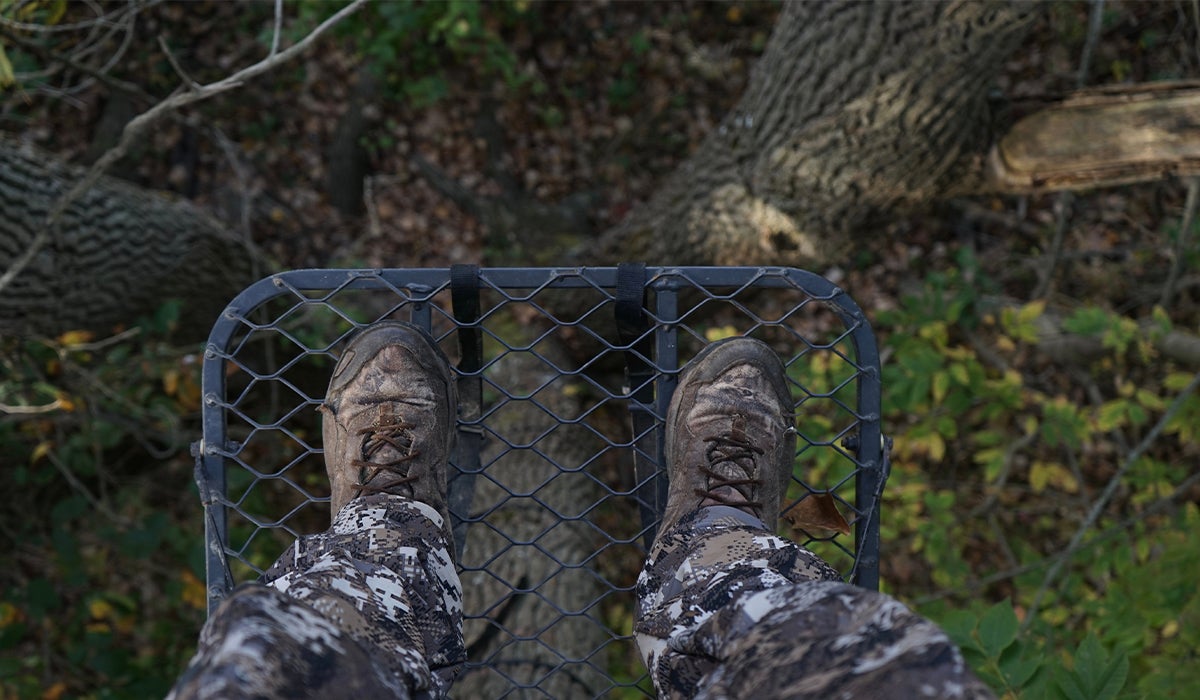
Autumn is finally upon us and that means one thing to most of us – hunting season. If you’re like us, opening day of deer season is right up there with the truly important holidays. We save vacation time and sick days just to make sure we have enough time in the woods to satisfy our primal need to hunt. Filling the freezer and tagging a trophy all come in behind the need to be in the woods while the leaves are changing. Archery season gives most of us our first taste of deer hunting for the year, and many of us enjoy the traditional feeling of taking whatever form of archery equipment you may prefer afield (no judgements here, folks) in pursuit of deer and other game. We all can envision the perfect moment, too. That big buck you’ve been waiting a lifetime for walks cautiously out into range and stops, slightly quartering away at 28 yards. Your arrow releases and hits home and the buck runs 35 yards before piling up. Sounds great, doesn’t it? Be careful to avoid making one of these mistakes that can mess up your archery season.
Don’t skip the practice
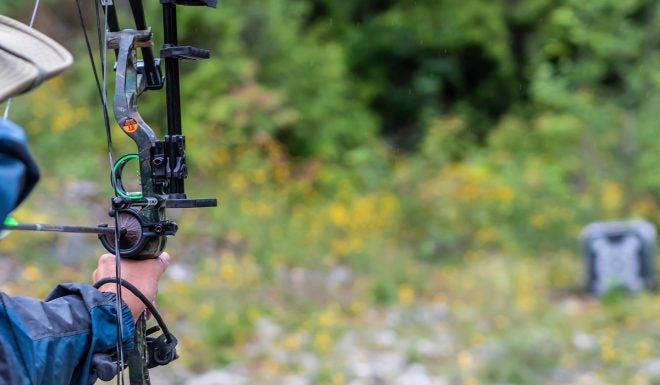
This one gets to us. Archery is all about muscle memory and making that shot as effortlessly as possible. You need to be putting arrows downrange every day if possible. Not only are you training your body strength-wise to make the shot, but you want it to become second nature. At that moment that the deer or other game animal steps out, your nerves are going to take a 180-degree turn. You need training to kick in and help you make the shot. And you need to replicate hunting conditions as much as possible, too. Your two most important training tools are a good target and a rangefinder. Practice with your hunting equipment at all kinds of ranges, conditions, elevations and anything else you can think of. This is true whether you’re hunting with a longbow, recurve, compound, or yes, even a crossbow. The idea that you don’t need to practice as much with a crossbow is completely unfounded. Remember that we are all hunters and that means we have to respect the sport and the game we pursue, and we respect each other, too.
Pro Tip: When you set your stand, make sure you take your rangefinder and check some distances and elevations around your stand that look like good spots for an animal to walk out. Go home and try to recreate those conditions and practice away.
Practice with what you take afield
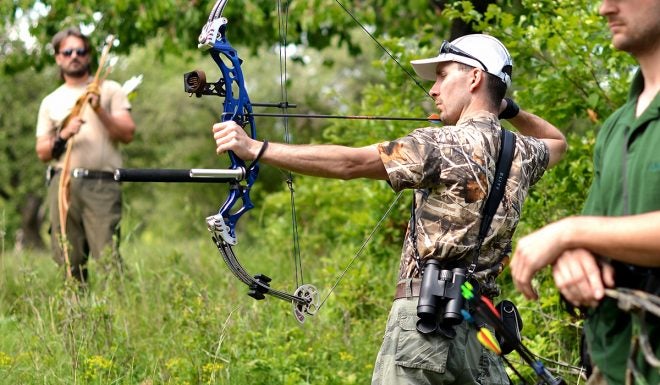
This goes hand in hand with the first mistake to avoid. Be sure you’re doing your fine-tuning practice shots with the same gear you hunt with. This means using the same hunting clothing, arrows and most importantly – use the same broadheads, or practice versions of them. Field tips are great for training your body to make the shot, but you need to practice with your hunting tips. We’re pretty fond of Swhackers, and they make practice tips that fly just like the real thing. There are other companies that do this, and it is vital to practice with the same equipment you use for the hunt.
Pro Tip: Buy extra broadheads and keep some just for practice if your favorite don’t include practice tips. We’ve scored some sweet deals buying clearance ones after the season ends. If you find a great deal, get enough for a couple seasons out and have them on hand.
Watch your scent
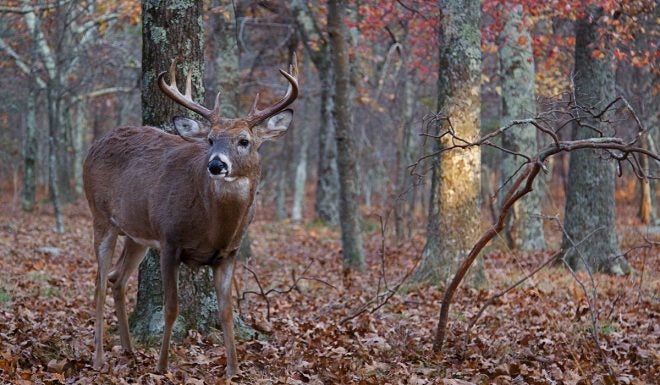
We’ll just go right ahead and say it – you cannot eliminate all of your scent. No amount of marketing hype can change that either. The best thing you can do, however, is have a comprehensive scent plan. This should include washing your hunting clothing in scent-reducing detergent, and then storing it in a sealed bag or tote to reduce the chances of scent absorption. You should also wash your body in scent-reducing soap, and use scent reducing deodorant. Brushing with scent-reducing toothpaste is also a good idea. The thing is, you’re still going to produce some amount of odor. It is unavoidable. However, if you avoid the mistake of stinking too bad, it helps your odds of fooling a deer’s nose. This also means that you should do whatever you can to avoid excessive sweat when walking into your stand. Everything helps.
Pro Tip: Take your hunting jacket or shirt into the woods in your backpack, and inside a large plastic bag. Swap out what you wore for the hke in and seal it up. We also have a ritual of eating apples before we go out, so your breath smells a little more natural.
Have a back-up plan
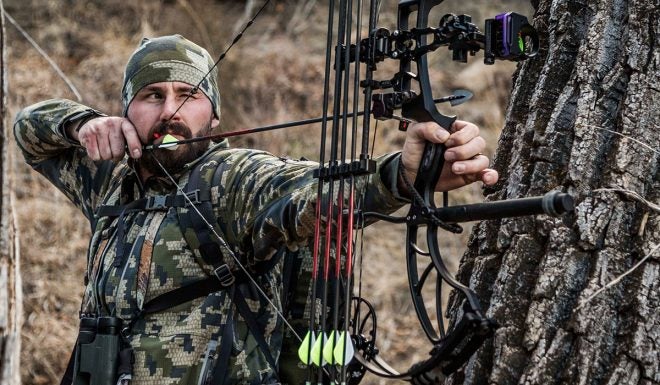
Ever have your hunt all planned out, with the stand you’re hunting and everything is just going to work out great and then you get out to the woods in the morning and the weather is not doing what you thought it would and everything is just shot? Ever have that? Happens to us all the time. Weather and wind are just about impossible to correctly predict regardless of what the weather forecasters say on the news. We can’t tell you how often we’ve planned the night before for a northwest wind, only to get to the stand and feel a steady southern breeze. That stand that would have been perfect is now the last place you want to be. Have more than one stand or blind to hunt from if possible. You may have that one perfect spot that the dominant buck is coming to, but if you scout thoroughly, you can probably find another location where you can hang a stand for a different wind. Scouting and trail cameras are key.
Pro Tip: If the weather does a major shift mid-hunt, don’t be afraid to ride it out. We’ve had it happen to us before, and on more than one occasion, what we were certain was a bad idea of staying in the stand had turned into an opportunity at a deer. Unless you’re putting yourself at risk, getting down can actually be a bad idea. Ever decided a hunt was a bust and started down, only to turn around and see a big buck? Yeah, happened to me.
Be sure of your shot
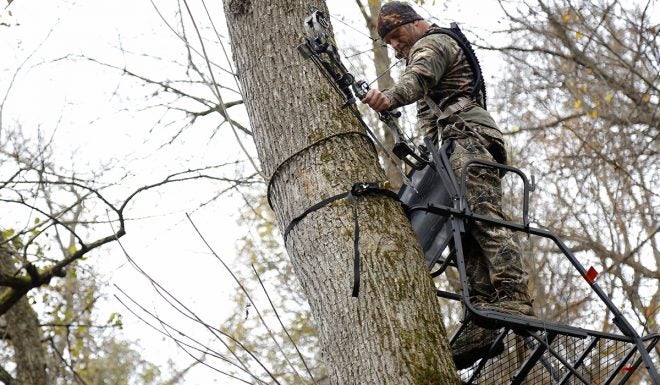
If everything comes together and a deer walks out and you get a shot, you can make a huge mistake not being sure of the shot. If you can’t make the shot, do not take it. A rushed shot, or a shot through conditions you’re not 100% sure you can make through, is not a shot worth taking. Who wants to take a shot at a trophy buck only to wound it and never recover it? No one does! You can always film your shot, too. And no, we don’t mean that you need a camera operator in a stand next to you. A GoPro, or similar camera can be mounted easily and can record your shot and the best moments of the hunt. This can allow you to review your shot to make sure it went where you thought it did. And as a side note, GoPro makes a new micro-sized light, the Zeus, that is amazing as a headlamp and as a light for in your stand.
Pro Tip: Don’t want to opt for a GoPro? Another option is to mount a trail camera at the base of your tree and set it to video. If things work out right, you can get some high-definition video of the deer and the moment of the shot that you can review while you’re waiting for the proper amount of time for the animal to expire. If everything works right, this can be something cool to share with your buddies later on, too.
Cover image: Shutterstock/Benjamincarr99